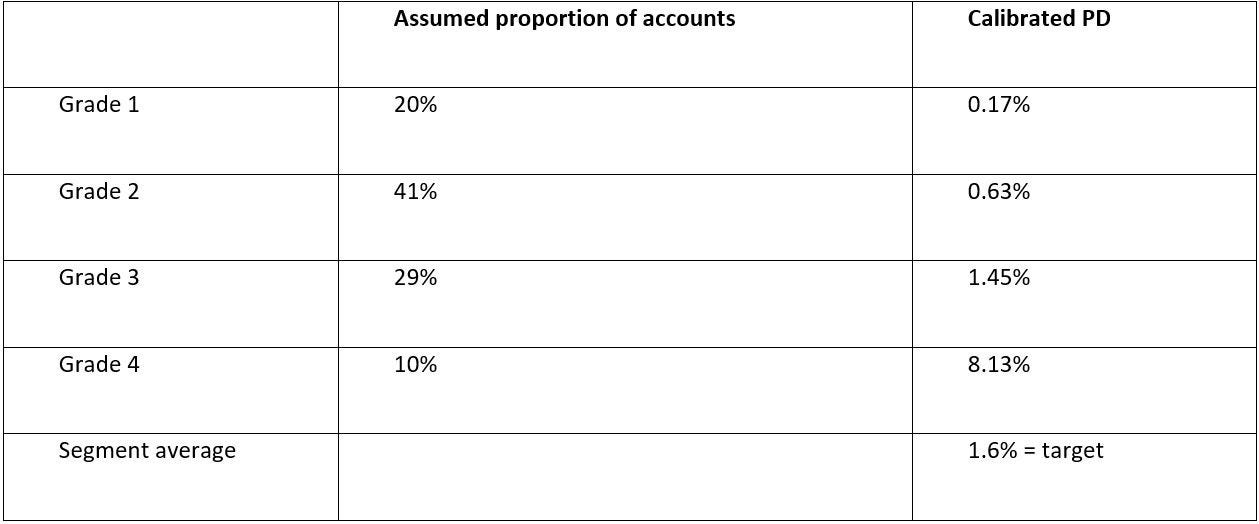Banks in the UK which have been involved in the wave of mortgage Internal Ratings Based (IRB) model applications to the regulator will be familiar with the depth of internal and external scrutiny relating to probability of default (PD) calibration. They will also be aware of the growing focus on the development of other rating systems across non-retail portfolios (corporates, banks, project finance, etc.) and non-mortgage retail portfolios (personal loans, motor finance, etc.).
The purpose of this article is to explore, and offer suggestions for, two areas where challenge for PD calibration of non-retail portfolios is anticipated, both from internal validation teams and from regulatory review:
- Establishing the calibration period; and
- Setting the level at which the calibration is performed.
While some of the considerations are also applicable to unsecured retail portfolios, such portfolios are subject to specific considerations, including the current widespread application of the ‘point-in-time plus buffer’ approach that will be addressed in a future article.








